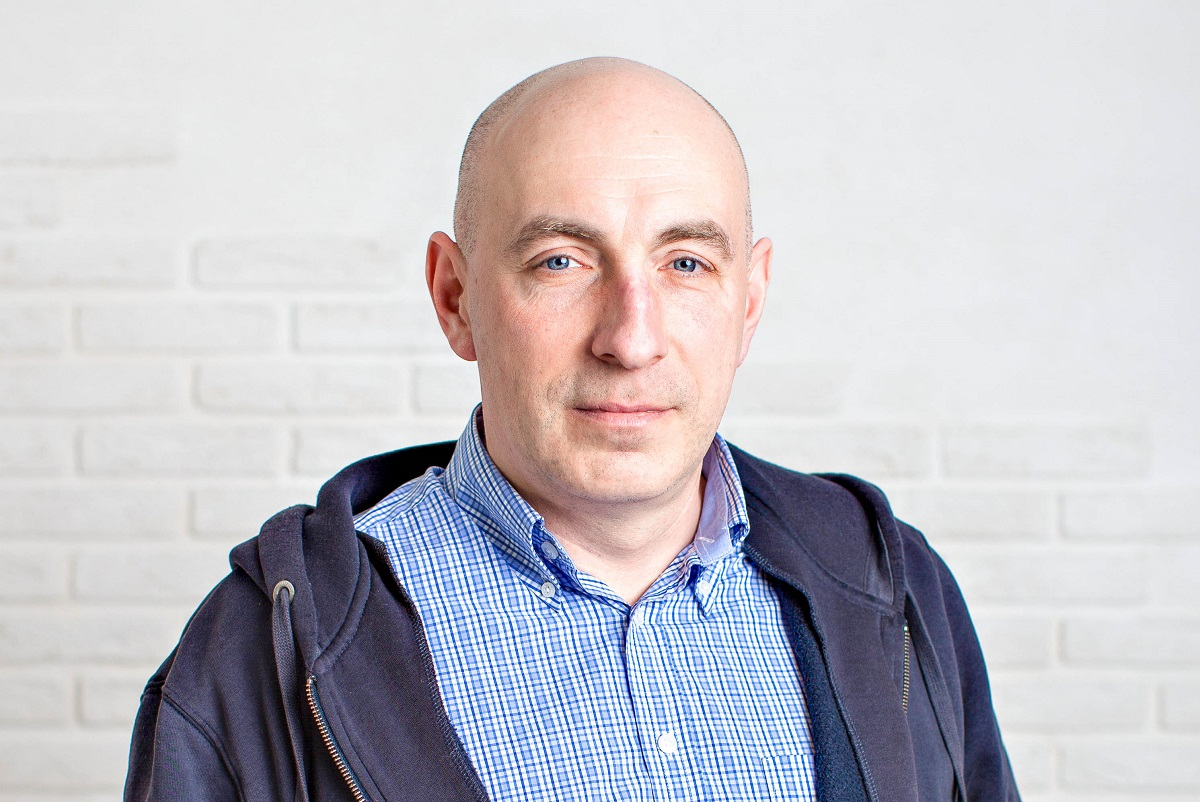How to insert antibiotics: SPbU’s scientists in chemistry

Our scientists have discovered an effective way to synthesise the analogues of the chemical compounds — siderophores. They can help us fight the antibiotic-resistant bacteria.
To fight antibiotic-resistant bacteria is an overarching priority in medicine, biology, chemistry, bioinformatics, and others. The scientists, apart from developing new drugs, are searching for new effective ways how we can insert antibiotics into the pathogenic cells.
One of the solutions is siderophores. Siderophores are iron-chelating compounds secreted by the microorganisms such as bacteria and fungi. Siderophores chelate a single ferric ion with separate ligands and come back to their cells.
The SPbU’s scientists from the Chemical Pharmacology Laboratory of the Institute of Chemistry of SPbU headed by Professor Mikhail Krasavin have developed synthetic siderophores that chelate not only ferric ion, but also antibiotics. In other words, the cell is therefore in a blind alley.
Although the iron-chelating siderophores are “loaded” with antibiotics, they are nevertheless regarded by the bacterial transporters as “their own” agent to deliver an iron uptake and transport it to the bacteria.
SPbU’s Professor Mikhail Krasavin
This technology is a breakthrough in how we can deliver drugs into bacterial cells. It is expected to help us fight serious bacterial infections, including those that pose an antibiotic-resistant threat.
The research finding have been published in Chemistry A European Journal. The project team consists of SPbU’s Associate professor Dmitrii Darian, a lecturer Olga Bakulina, and a student Anton Bannykh from the laboratory of new synthetic methods and chemical pharmacology at SPbU.
How siderophores work is well underway. Our scientists will joint their effort with the scientists from the Helmholtz Centre for Infection Research and Hanover University, Germany.
If siderophores are synthesized at SPbU, they will be tested in Europe. Hopefully, we will get the first results in early 2018.

